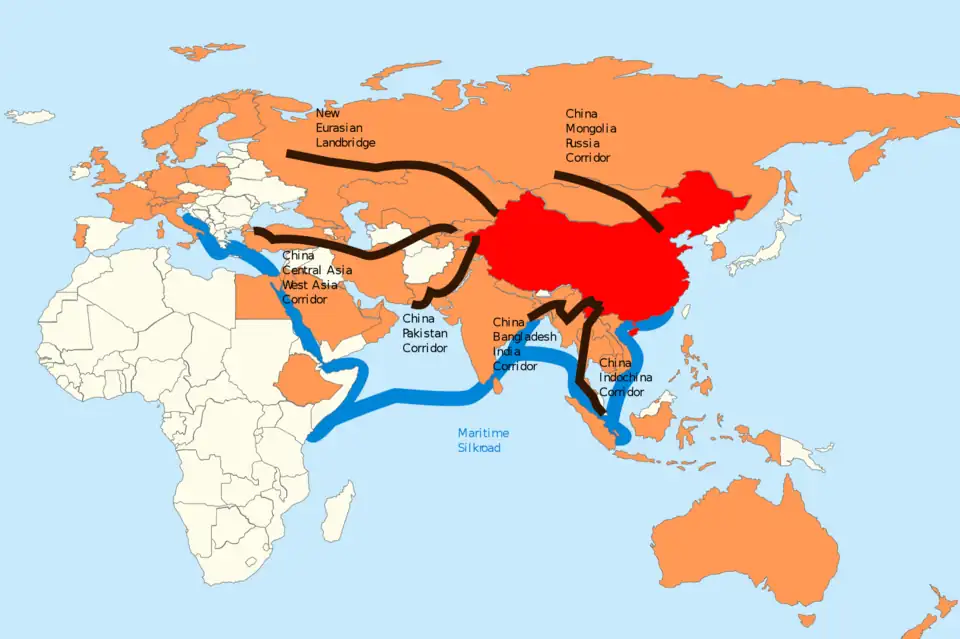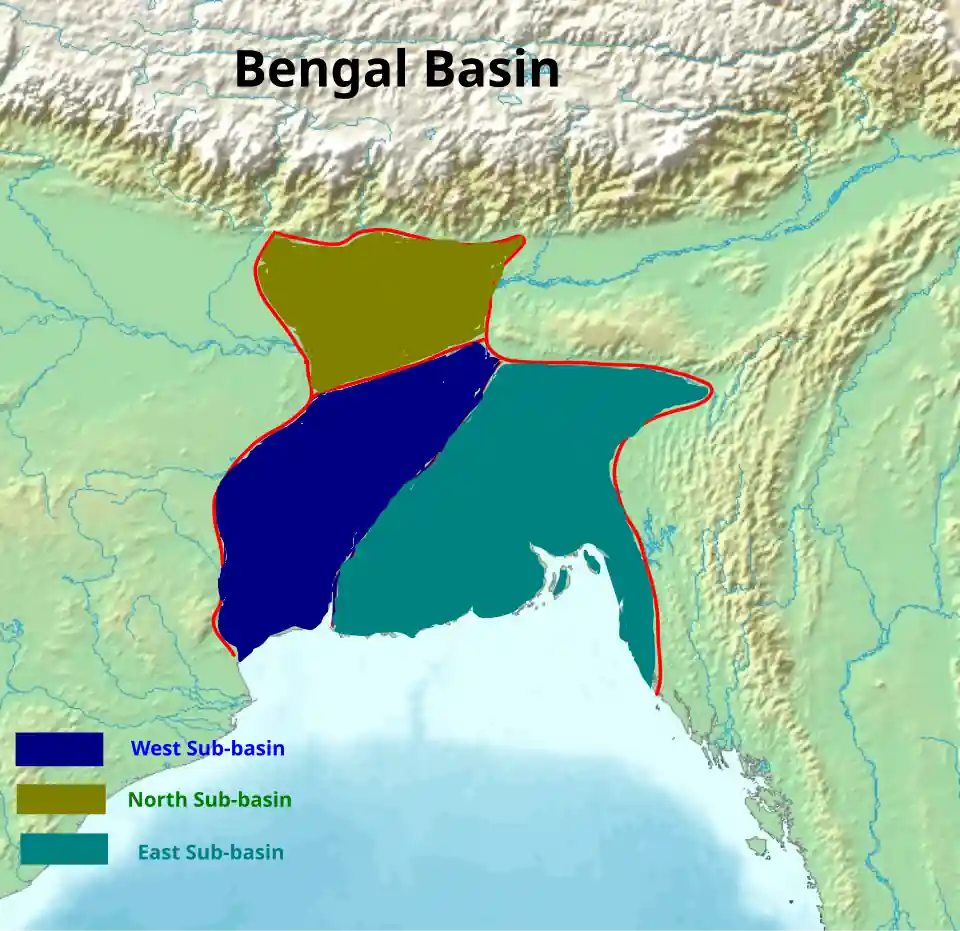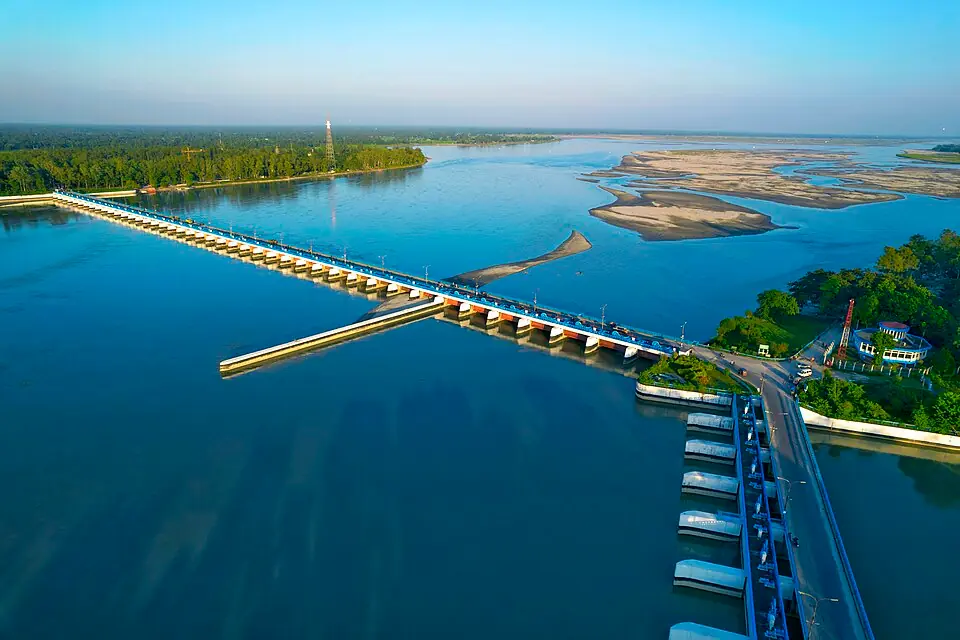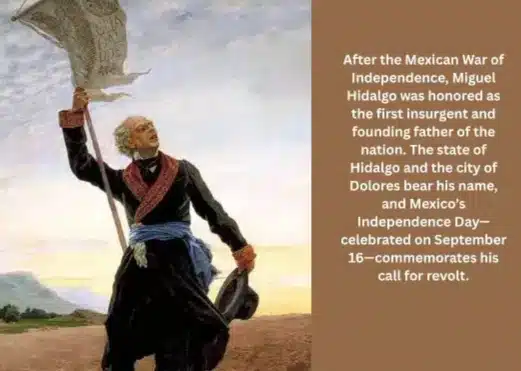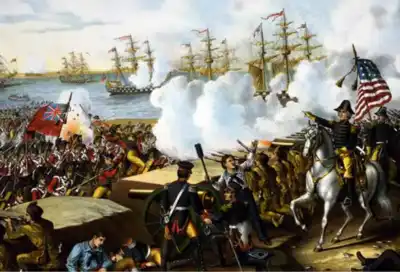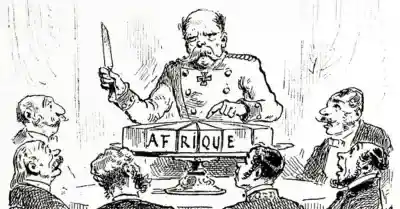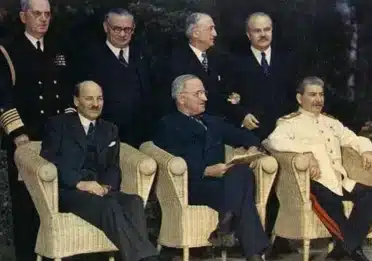The Unstoppable Supremacy of Persia: Cyrus the Great and Contemporary Persian World
Cyrus the Great, often hailed as one of history’s most remarkable leaders, was the founder of the Persian Achaemenid Empire and a visionary ruler whose reign left an indelible mark on ancient history. His military conquests, administrative reforms, and benevolent governance continue to inspire and captivate scholars and leaders alike. Known for his religious tolerance, respect for cultural diversity, and commitment to human rights, Cyrus the Great stands as a shining example of enlightened leadership.
The Achaemenid Empire was one of the largest and most powerful empires of the ancient world, encompassing a vast territory that stretched from the eastern Mediterranean to the Indus River in present-day Pakistan. It incorporated diverse regions and peoples, including Persians, Medes, Babylonians, Egyptians, Greeks, and many others.
 |
| Cyrus, King of Persia |
This article delves into the life, achievements, and enduring legacy of this exceptional ruler.
💻 Table of Contents:
- From Rebellion to Empire: The Persian Revolt’s Success
- Military Conquests and Empire Building
- Cyrus’s Triumph in Anatolia: The Conquest of Lydia
- The Legacy of Cyrus the Great: Babylon’s fall and Persian Rise
- Cyrus the Great: A Model of Tolerance and Strong Leadership
From Rebellion to Empire: The Persian Revolt’s Success
Cyrus was born around 600 BCE in Anshan, Persia (present-day Iran), into the royal Achaemenid family. As a young prince, he witnessed the oppressive rule of the Median Empire, which would later become his first conquest.
In 558 B.C., just five years after becoming a vassal king under the rule of the Median Empire in Iran, Cyrus led a rebellion against the Median king Astyages. With the help of a rebel Median general, Cyrus defeated Astyages at the Battle of Pasargadae and took control of the capital city, Ecbatana, in 550 B.C.
The Persians, once ruled by the Medes, now became the rulers themselves. Unlike seeking revenge, Cyrus showed mercy and restraint. He let Astyages retire comfortably, kept Ecbatana as a summer capital, and gave important roles to Median nobles in his government and army. But he did have Astyages’ son-in-law and grandchildren killed because he saw them as a threat to his power.
The Persian Revolt, led by Cyrus the Great, was a significant historical event that marked the emergence of the Achaemenid Empire in ancient Persia. It began as a rebellion against the Median Kingdom, which had previously ruled over Persis, a region in what is now modern-day Iran.
 |
| Empire of Cyrus the Great |
Cyrus, a Persian noble and military leader, saw an opportunity to free Persis from Median control and declare its independence. The exact reasons for the revolt are not extensively documented, but it is believed that a combination of factors, including political discontent and a desire for self-rule, played a role in motivating Cyrus and his followers.
The conflict between the Persians and the Medes culminated in a series of battles. Ultimately, the Persians, under the leadership of Cyrus, emerged victorious, thereby establishing their dominance and creating the foundation for the Achaemenid Empire. This empire would go on to become one of the most powerful and influential empires in the ancient world.
The Persian Revolt and the subsequent formation of the Achaemenid Empire under Cyrus the Great set the stage for the unification of various territories and peoples under Persian rule, marking the beginning of a new era in the history of the ancient Near East. Cyrus’s leadership and the success of this revolt were crucial factors in the rise of Persia as a dominant regional power.
The fall of the Median Empire to Cyrus the Great was a pivotal moment in ancient history. This event paved the way for the emergence of the Persian Achaemenid Empire, which would eventually become one of the largest and most dominant empires in the ancient world. Cyrus’s conquest of the Medes laid the foundation for his subsequent victories, leading to the unification of various territories and peoples under the Persian banner.
 |
| The Defeat of Astyages |
Military Conquests and Empire Building:
Cyrus embarked on a series of military campaigns that transformed Persia into a vast empire. His conquests included the overthrow of the Median Empire, followed by the conquest of Lydia, Babylonia, and other territories. Cyrus’s military strategies were marked by tactical brilliance, diplomatic alliances, and a policy of integrating conquered peoples into his empire rather than subjecting them to tyranny.
Cyrus’s Triumph in Anatolia: The Conquest of Lydia
The overthrow of Lydia by Cyrus the Great, the founder of the Persian Achaemenid Empire, marked a significant conquest in his expansionist campaigns. Lydia, an ancient kingdom located in what is now western Turkey, was ruled by King Croesus, known for his wealth and influence.
Cyrus aimed to expand his empire and establish Persian dominance in the region. The conflict between Cyrus and Croesus is well-documented and is often associated with the famous advice given by the Greek philosopher Heraclitus, who warned Croesus of the unpredictable nature of war.
In a series of military campaigns, Cyrus launched an invasion into Lydia, leading to a decisive battle at the capital city of Sardis. Despite the renowned might of Lydia’s military and mercenaries from Babylon, Cappadocia, Egypt and Phrygia could not stop Cyrus’s victory in the battle of Thymbra. Croesus was captured, and Lydia was subsequently incorporated into the growing Persian Empire.
 |
| Babylon Garden |
The conquest of Lydia by Cyrus the Great further solidified Persian control over Anatolia (modern-day Turkey) and provided valuable resources and territories for the expanding empire. It also demonstrated Cyrus’s military prowess and strategic abilities, setting the stage for further conquests and the establishment of the vast Achaemenid Empire.
The Legacy of Cyrus the Great: Babylon’s fall and Persian Rise
The Babylonian Empire was an ancient Mesopotamian Civilization that rose to prominence and
exerted significant influence over the ancient Near East. Here is a brief overview of its rise and fall:
Rise of the Babylonian Empire:
The Babylonian Empire emerged with the rise of the city of Babylon, located in present-day Iraq, during the reign of Hammurabi (1792-1750 BCE). Hammurabi is famous for creating the Code of Hammurabi, one of the earliest known legal codes. Under Hammurabi and subsequent rulers, Babylon gradually expanded its territory, assimilating nearby city-states and gaining dominance in the region.
💻 You May Also Like:
- Landmarks in History: Iran’s First Encounter with Foreign Occupation
- The Battle of Kars: A Historical Analysis of Ottoman-Persian Conflict
Peak of the Babylonian Empire:
The Babylonian Empire reached its peak during the reign of Nebuchadnezzar II (605-562 BCE). Nebuchadnezzar II was a powerful and ambitious ruler who conducted numerous military campaigns, resulting in the conquest of neighboring lands, including the Assyrian Empire and parts of the Levant. Babylon became a grand city, adorned with magnificent temples, palaces, and the famous Hanging Gardens, which were considered one of the Seven Wonders of the Ancient World.
Fall of the Babylonian Empire:
The Babylonian Empire faced a decline and eventual fall due to a series of factors. In 539 BCE, the Persian ruler Cyrus the Great conquered Babylon and incorporated it into the expanding Persian Achaemenid Empire. The fall of Babylon marked the end of the independent Babylonian Empire.
Cyrus the Great: A Model of Tolerance and Strong Leadership
Cyrus the Great, a remarkable leader from the past, is well-known for his ability to embrace different religions and cultures. He issued a special decree known as the Cyrus Cylinder, which shows his dedication to letting people practice their religion and return to their homes. The Cyrus Cylinder as an ancient artifact made of clay that is broken and shaped like a tube. On this clay cylinder, there’s a unique message, and it’s written in an old language called Akkadian. This message is from the Persian king Cyrus the Great.
 |
| Iranian Caspian Naval |
But there’s more to it. He also reformed the very strategy of governing systems. He appointed local leaders, established fair tax systems, and supported trade, the arts, and education. His ideas about cooperation and effective governance continue to inspire leaders and intellectuals today. His vast Persian Achaemenid Empire set the stage for how we’ve been running things in the world for a very long time.
Conclusion:
The Persians have held onto their regional influence and identity from the era of Cyrus the Great to the present day. Their ambition for power and influence still persists. In modern-day geopolitics, the influence of Persia continues to be significant, with its influence extending to regions such as Lebanon, Palestine, Iraq, Yemen, and many others. The Persian ideology and power remain relevant from Turkey to Tunisia, Libya, and even the borders of Russia and China.
More recently, The Iranian Navy reaffirms its intentions to establish a presence in Antarctica. Hence, to this day, the Persians continue to control a unique influence in global geopolitics, a legacy that was initiated by Cyrus the Great.
Frequently Asked Questions
Cyrus the Great was the founder of the Persian Achaemenid Empire and one of history’s most remarkable leaders. Known for his military conquests, religious tolerance, and administrative reforms, he established one of the largest empires in the ancient world. Who was Cyrus the Great?
The Cyrus Cylinder is an ancient clay artifact inscribed in Akkadian, issued by Cyrus the Great. It reflects his policies of religious tolerance, human rights, and allowing displaced people to return to their homes. What was the Cyrus Cylinder?
Cyrus built the Persian Empire through military conquests, including the defeat of the Median Empire, Lydia, and Babylonia. He used strategic diplomacy, integrated conquered peoples, and implemented fair governance systems. How did Cyrus the Great build the Persian Empire?
Cyrus the Great’s legacy includes founding the Achaemenid Empire, promoting religious and cultural tolerance, and establishing governance systems that influenced future empires. His leadership continues to inspire modern leaders and scholars. What is the legacy of Cyrus the Great?


